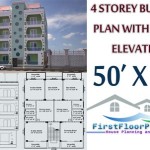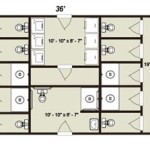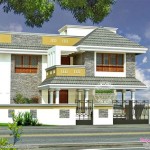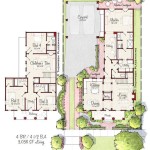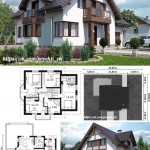Essential Aspects of Sustainable Tiny Home Plans
Sustainable tiny home plans prioritize environmental consciousness and resource efficiency. By incorporating sustainable design principles, these plans minimize the environmental impact of tiny homes while maximizing comfort and livability.
Energy Efficiency
Energy-efficient features are crucial for reducing energy consumption and utility bills. Consider using energy-star appliances, LED lighting, and high-performance windows and insulation to minimize heat loss and gain.
Renewable Energy Integration
Harness renewable energy sources to power your tiny home. Solar panels, wind turbines, and geothermal systems can generate electricity and heating, reducing reliance on fossil fuels and lowering your carbon footprint.
Water Conservation
Conserving water is essential for sustainable living. Install low-flow fixtures and appliances, collect rainwater for irrigation, and consider greywater systems to reuse water for non-potable purposes.
Material Sustainability
Choose sustainable building materials such as recycled steel, bamboo, straw bales, and reclaimed wood. These materials reduce environmental degradation and contribute to a healthier indoor environment.
Waste Management
Implement waste management practices to minimize trash and pollution. Consider composting organic waste, recycling materials, and opting for products with minimal packaging.
Landscaping and Permaculture
Plan your outdoor space with permaculture principles in mind. Plant native species, utilize vertical gardening, and design rainwater retention systems to promote ecological balance and reduce water consumption.
Human-Centered Design
While sustainability is essential, it should not compromise livability. Tiny home plans should prioritize human comfort, health, and well-being. Ensure adequate natural light, ventilation, and space for daily activities.
Site Selection and Orientation
Consider the orientation of your tiny home to maximize solar gain and minimize heat loss. Choose a site that minimizes environmental impact, such as avoiding sensitive ecosystems or areas prone to flooding.
Certifications and Standards
Obtain certifications or meet standards such as LEED (Leadership in Energy and Environmental Design) or Passive House to ensure the sustainability of your tiny home. These standards provide independent verification of energy efficiency and environmental performance.
Eco-Conscious Interior Design
Choose eco-friendly interior materials, such as cork flooring, bamboo countertops, and non-toxic paints. Use natural light, cross-ventilation, and plants to create a healthy and inviting indoor environment.
By incorporating these essential aspects into your tiny home plans, you can create a sustainable living space that minimizes environmental impact, promotes health and well-being, and reduces your carbon footprint.

Tiny Eco House Plans Off The Grid Sustainable Houses

25 Small Sustainable House Plans Cutaway Drawings Natural Building Blog Home
Tiny Eco House Plans Off The Grid Sustainable Houses
Tiny Eco House Plans Off The Grid Sustainable Houses

7 Free Tiny House Plans For Sustainable Living Greenmoxie
This Entirely Customizable Dwelling Unit Raises The Bar In Energy Efficient Green Home Market Place Plans By Leap Adaptive

30 Best Sustainable Tiny Houses For Eco Friendly Living

Pin On Architectural Presentations Drawings Models Concepts

Small House Plans Simple Tiny Floor Monster

How Sustainable Is A Tiny House

